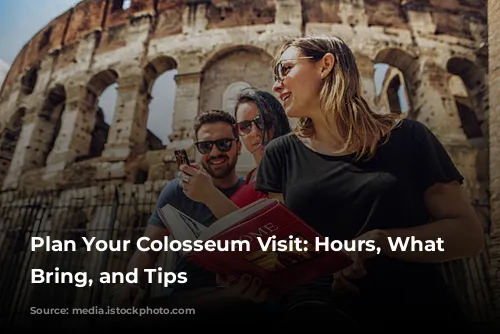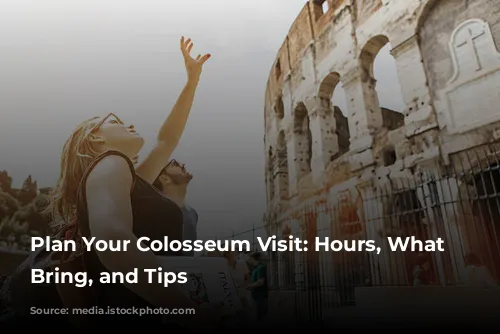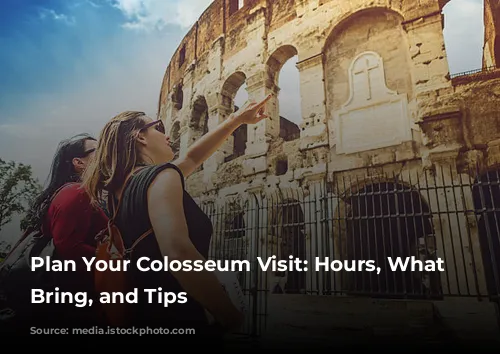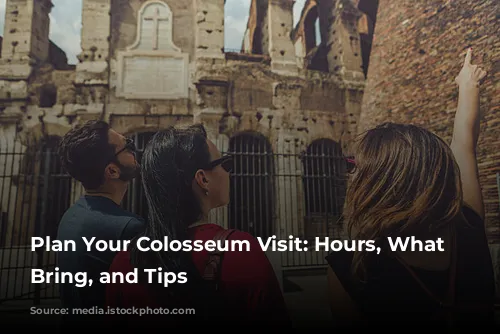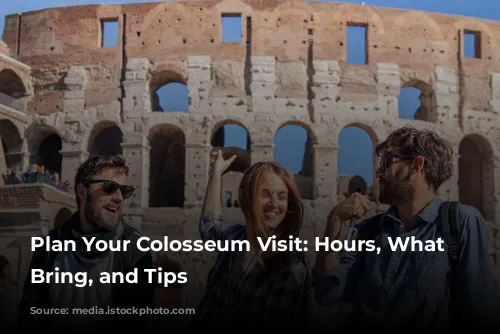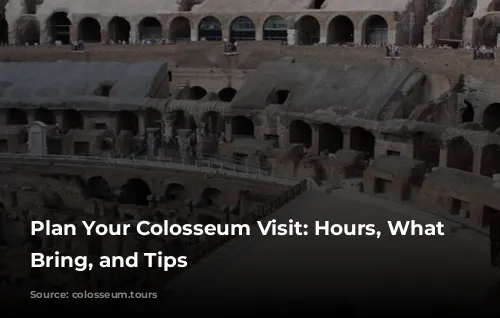The Colosseum, the iconic symbol of ancient Rome, is a must-see for any visitor. To make your experience smooth and enjoyable, here’s a guide to help you plan your trip:
Opening Hours
- January 2 to February 15: 8:30 AM – 3:30 PM
- February 16 to March 15: 8:30 AM – 4:00 PM
- March 16 to Last Saturday of March: 8:30 AM – 4:30 PM
- Last Sunday of March to August 31: 8:30 AM – 6:15 PM
- September 1 to September 30: 8:30 AM – 6:00 PM
- October 1 to Last Saturday of October: 8:30 AM – 5:30 PM
- Last Sunday of October to December 31: 8:30 AM – 3:30 PM
What Not to Bring:
- Large bags/backpacks or any wheeled/roller bags
- Glass containers/bottles
- Weapons (including pocket knives)
- Aerosol sprays
Booking Your Tickets
To avoid long lines and ensure your entry to the Colosseum, booking tickets in advance is highly recommended. This allows you to secure your preferred date and time slot, making your visit smoother and more efficient. Advance booking often provides skip-the-line access, letting you bypass queues and maximize your exploration time.
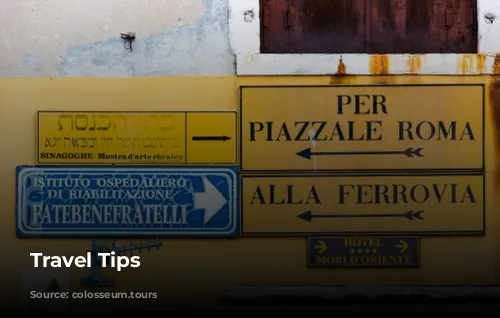
A Glimpse into History: The Colosseum’s Construction and Purpose
The Colosseum’s history stretches back to ancient times. Built around 70-80 AD by Emperor Vespasian of the Flavian dynasty, this massive amphitheater was used for various events, including gladiator fights, animal hunts, and mock naval battles. It could accommodate up to 80,000 spectators.
The Colosseum’s design is a testament to ancient Roman engineering. The large oval-shaped structure, standing around 48 meters tall, features four levels. Built with limestone, concrete, and bricks, it has three tiers of arches decorated with different types of columns: Doric at the bottom, Ionic in the middle, and Corinthian at the top. Ramps, stairs, and tunnels facilitated easy movement for people and animals during events. This clever design made it efficient for spectators to enter and leave and for shows to be staged, highlighting the Romans’ architectural skills.
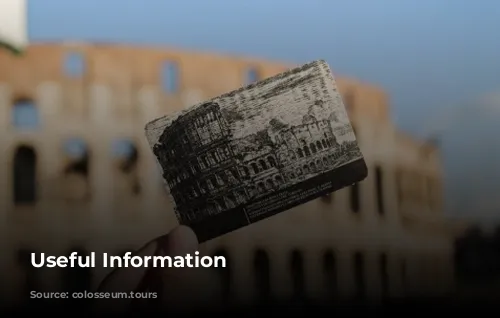
Experience the Colosseum at Night
At night, the Colosseum is illuminated, creating a majestic and enchanting sight against the dark sky. Its captivating beauty evokes its thrilling history. People enjoy its peaceful atmosphere and the opportunity to connect with Rome’s rich past. Viewing the Colosseum at night is truly a magical experience.
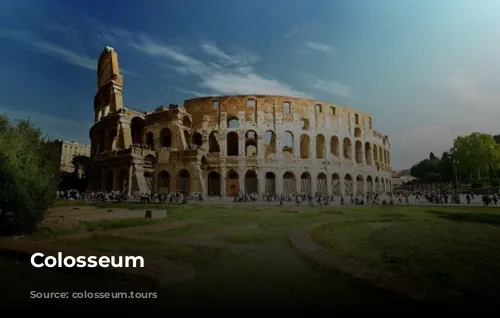
Roman Cuisine: Street Food Delights and Tipping Customs
While Rome offers upscale dining options, authentic Roman cuisine is best experienced through street food. Look for spots frequented by locals, a sure sign of delicious and high-quality fare. Many restaurants in Rome automatically include a service charge in the bill. However, if you are particularly pleased with the service or the bill doesn’t include a service charge, a 10% tip is customary.

Exploring Rome on Foot: Comfortable Shoes and Small Group Tours
Exploring Rome on foot is the best way to discover its charming streets and historical sites. Wear comfortable shoes to ensure you can comfortably enjoy the city’s wonders. Consider a small group tour led by a friendly and knowledgeable guide to enhance your experience.
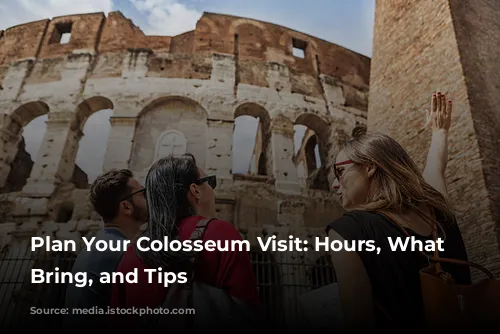
A Guided Tour of the Colosseum and Ancient Rome
A guided tour of the Colosseum and Ancient Rome allows you to bypass waiting in lines, gain insights into history, and marvel at these iconic landmarks. You’ll be guided by a knowledgeable local expert who can share fascinating stories and enhance your understanding of the historical significance of these sites.
The Colosseum tour includes:
- A comprehensive exploration of the Colosseum’s architecture and history.
- A walk through the entrance and onto the arena floor, where gladiators once fought.
- A visit to Palatine Hill, the oldest part of Rome, where Emperors once lived.
- A stroll through the Roman Forum, marveling at temples, offices, and the senate building.
This tour offers:
- Personalized attention and the opportunity to ask questions.
- Private entrance to the Colosseum, avoiding the crowds.
- A chance to discover the hidden gems of Ancient Rome.
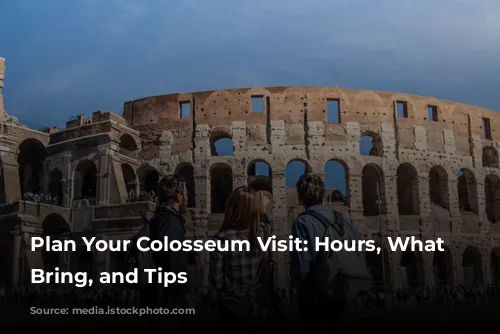
The Vatican: A Must-See Destination
A visit to the Vatican, the heart of the Roman Catholic Church, is a must for its rich historical and spiritual significance. Here you can:
- Explore the Vatican Museums, showcasing a vast array of artistic treasures, including iconic works by Michelangelo and Raphael.
- Stand in awe before the mesmerizing frescoes of the Sistine Chapel, particularly Michelangelo’s masterpiece on its ceiling.
- Admire the awe-inspiring architecture and religious significance of St. Peter’s Basilica.
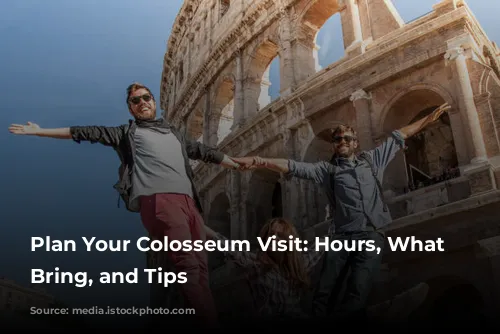
Exploring the Charming Neighbourhoods of Trastevere and Monti
Trastevere and Monti offer an authentic glimpse into Rome’s vibrant life and rich history.
Trastevere:
- Exudes a bohemian charm with its narrow cobblestone streets and colourful buildings.
- Features bustling piazzas, lively trattorias, and a vibrant nightlife.
Monti:
- Presents an eclectic ambiance, blending ancient ruins with trendy boutiques and artisanal shops.
- Offers hidden gems, quaint cafes, and artisan workshops, making it a haven for artists and creatives.
Both neighbourhoods have picturesque squares where locals gather, creating a lively atmosphere perfect for leisurely strolls.
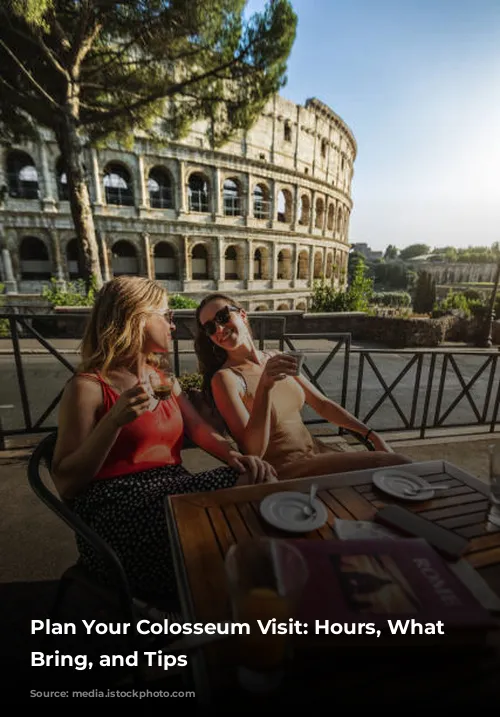
Free Museum Entry on the First Sunday of the Month
Every first Sunday of the month in Rome, entry to state-owned museums, galleries, parks, and some archaeological sites is free. Since this is the busiest day of the month, it’s recommended to arrive early.
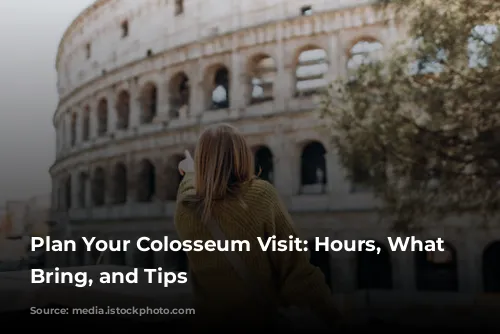
The Colosseum: A Symbol of Rome’s Past and Present
The Colosseum is not only the most visited monument in Rome, but also the most popular in all of Italy. It is the icon of the ancient Roman Empire and of the modern city today, much like the Eiffel Tower in Paris. In its day, it represented the prestige, power, might, and even savagery of the ancient Romans. Today, it stands as a reminder of Rome’s enduring legacy and the impressive feats of its ancient engineers and architects.
